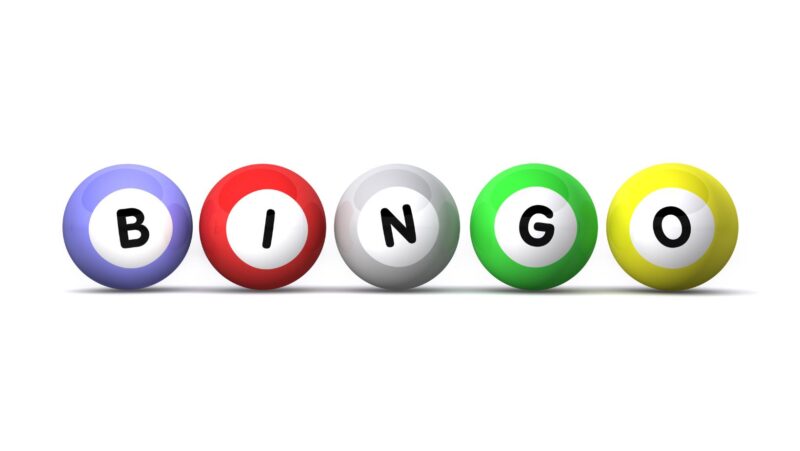Gamers are always looking for new and exciting releases, plus innovative software and hardware solutions to run their favorite titles. Already famed as a country that quickly embraces technological change, Australia has led the way on many remarkable advances in the games industry.
We’ve often heard about how Virtual Reality (VR) and Augmented Reality (AR) will reshape gaming. Still, while they have brought novel ways to experience gaming environments, the uptake has generally been much less than expected among consumers. Artificial Intelligence will undoubtedly shape how future games are developed, although most advances will still take some years for the end-user gamers to appreciate fully.
Heading towards the end of 2023, two entirely more immediate gaming trends will be impactful to Australians in 2024, and that’s why we must focus our attention on those instead of the “maybe” possibilities we often see touted in the media.
Video Game Rules Are Changing
No, we’re not speaking about the rules in the games themselves, but the new rules for video game ratings, approved by the Australian government in October 2023. For many decades, the general scope of regulations and guidelines for the games industry has been fairly relaxed, but changing types and models of gaming have increasingly led to calls for change.
From the start of September 2024, these new rules will come into force, and they’re quite intriguing to note. Games with monetization models that include loot boxes will be rated “M” for mature, which means they’re not for players under 15. This could have a massive impact on popular sports titles in Australia, such as the FIFA franchise by EA Sports or the NBA titles from 2K Games, in which monetization has become central.
Anything featuring simulated gambling akin to that found on popular desktop and mobile platforms will receive an R18+ rating, and there’s no debate amidst societal concerns about gambling activity within the Aussie populace. Statistics have shown that in 2023, more than 80% of people bet or wager at least once per year, so the emphasis is aimed at discouraging youngsters.
Such changes are a good idea, given that Aus slots real money activity should remain entirely in the hands of adult players. Pokies are immensely popular Down Under, and online casinos usually feature hundreds, if not thousands, of options. Likewise, licensed and reputable casino sites verify age before granting access, among other established measures to protect safety and security.
Sky’s the Limit for Cloud Gaming
While the technology has been around for several years, the concept itself has taken some time to become established. But what is cloud gaming? Well, it’s essentially a way to access and play games via remote servers without the need to download or install them. Instead, your local device (PC, console, mobile) will access the games using browser software or apps, and they’ll function without any extra hardware required.
Platforms already launched include PlayStation Now, Google Stadia, and XBOX Game Pass, while the idea for gaming is very similar to how people already stream other media content, such as movies and music. How can this work on practically any device? The cloud gaming servers contain the hardware that provides all the graphics capabilities that users have traditionally had in their local machines, such as graphics cards, for example.
The biggest leap in cloud gaming for Australians came in September 2023, when the cloud.gg platform was launched. NVIDIA GeForce RTX GPUs power this within the cloud, now available at various membership tiers. The game library already features hundreds of titles, and adoption is expected to boom quickly as people Down Under explore this new and exciting way to access the latest game releases.
Amidst expectations that cloud gaming will rapidly embed itself in Australian gaming culture, revenue projections already suggest this new segment will experience rapid growth. Games industry analysts believe growth could exceed 50% each year from 2024, reaching around 8 million users and yearly revenues topping $650 million by 2027. That’s a huge potential shift that could be a game-changer for the industry.













